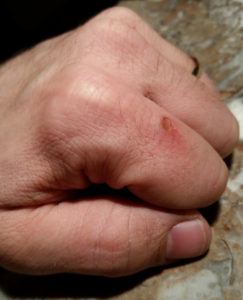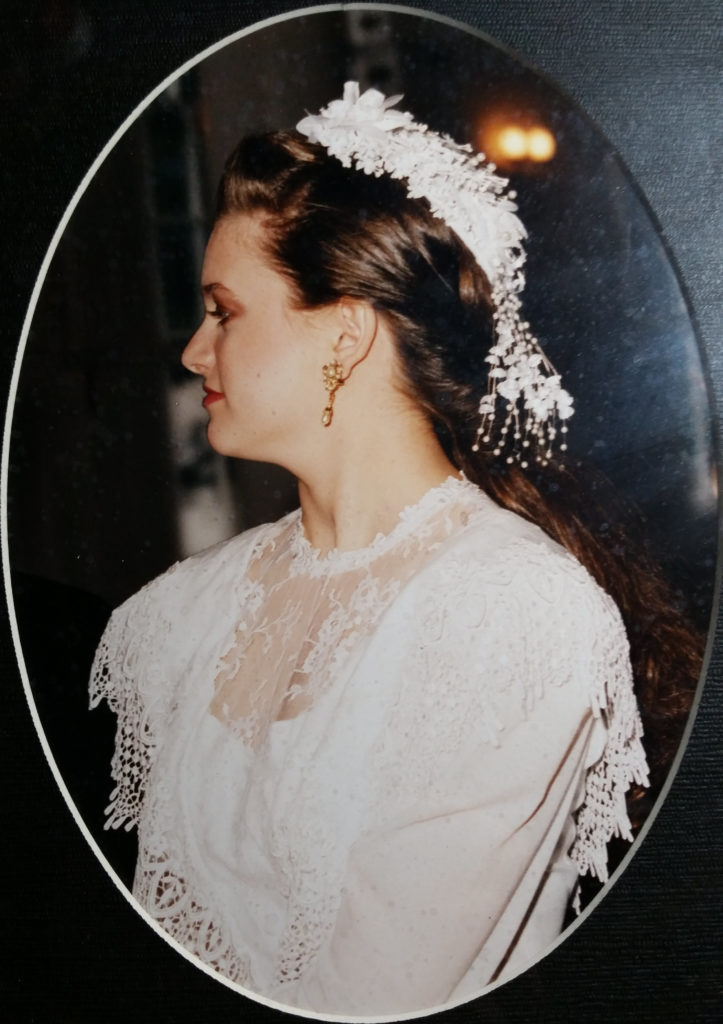The other day, I saw a segment of How It’s Made (great show … it’s like Baby Einstein for grownups). It showed the dozens of steps that go into making a dental crown. No wonder they’re so expensive!
I doubt crowns will be made this way 20 years from now … but I don’t think they’ll be made better. I predict that some enterprising dental entrepreneur will figure out how to scan the tooth gap without making a mold. Then they’ll figure out how to 3D print a “good enough” crown, perhaps right in the office.
Such a crown wouldn’t last as long as current tech (at least at first), but it would cost 10 times less. If your dentist gave you the option of a $1,000 lifetime replacement or a $100 replacement that lasted a year or two … a lot of people are going to settle for the dodgy replacement, because it’s so much cheaper right now.
In his groundbreaking book Innovator’s Dilemma, Clayton Christensen points out that most disruptive innovations don’t come from improvements on the state of the art – instead, true innovations usually look like toys to the incumbent players.
The makers of high-quality table radios didn’t see the threat from crappy little transistor radios. Mainframe computer makers scoffed at minicomputers, just as minicomputer makers scoffed at PCs, and PC makers scoffed at tablets. Time and time again, innovation comes from the low end, not from the high end.
I could very well be wrong with my prediction about crowns. Medical stuff is highly regulated, which complicates things, and a big part of the cost of a crown is time spent with a dentist’s hand in your mouth – so maybe it’s not worth it to make cheaper crowns … but I bet it is, and I bet someone figures it out.
Regardless, it’s worth remembering that disruptions usually happen at the low end of a market. One of my favorite examples is Dr Chrono, a medical software company that started out as a simple app (must have looked like a toy to the big players) and is now hugely successful, gobbling up more market share every day. Bob and I talk more about the success of Dr Chrono on our podcast this week.

